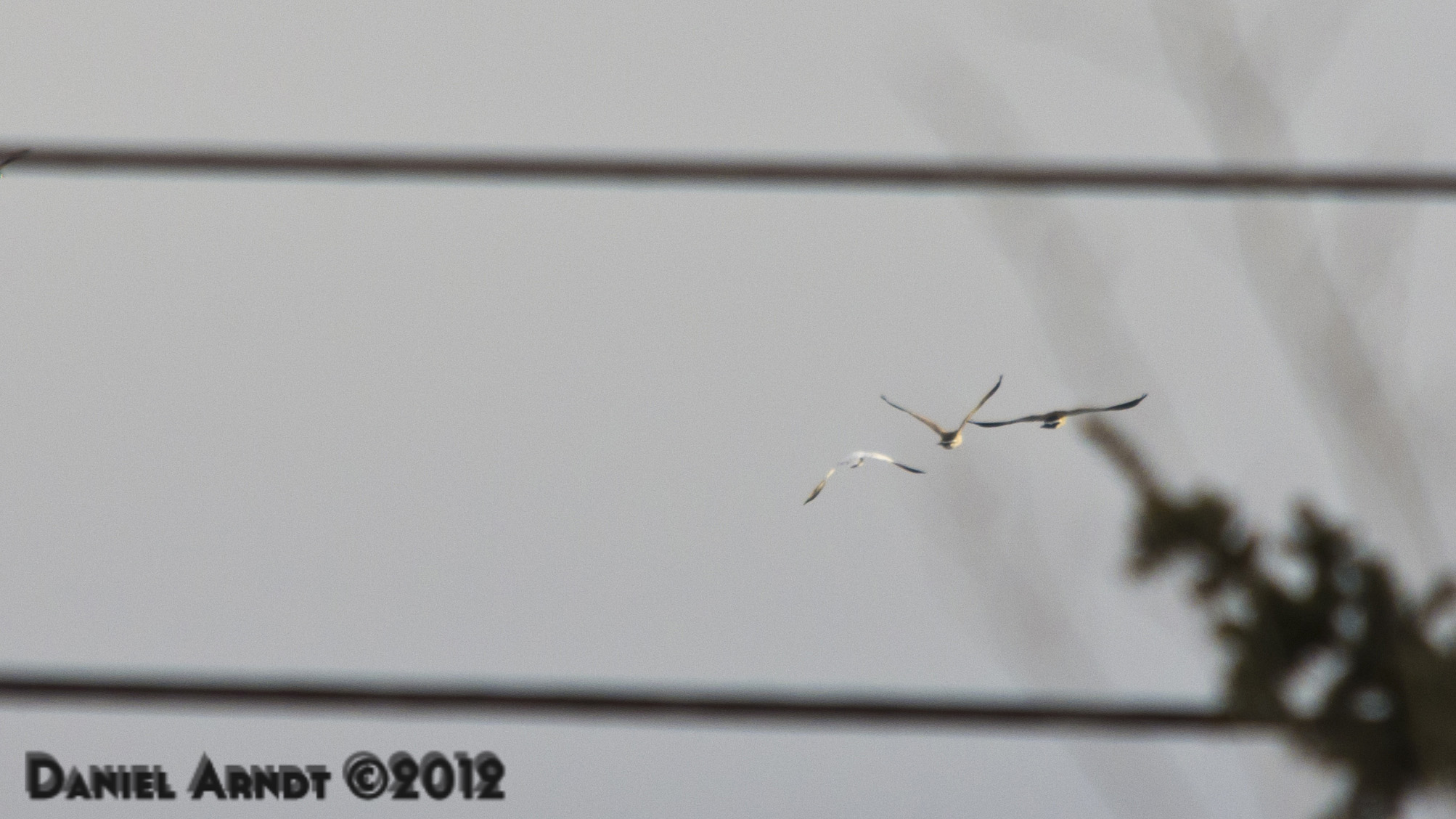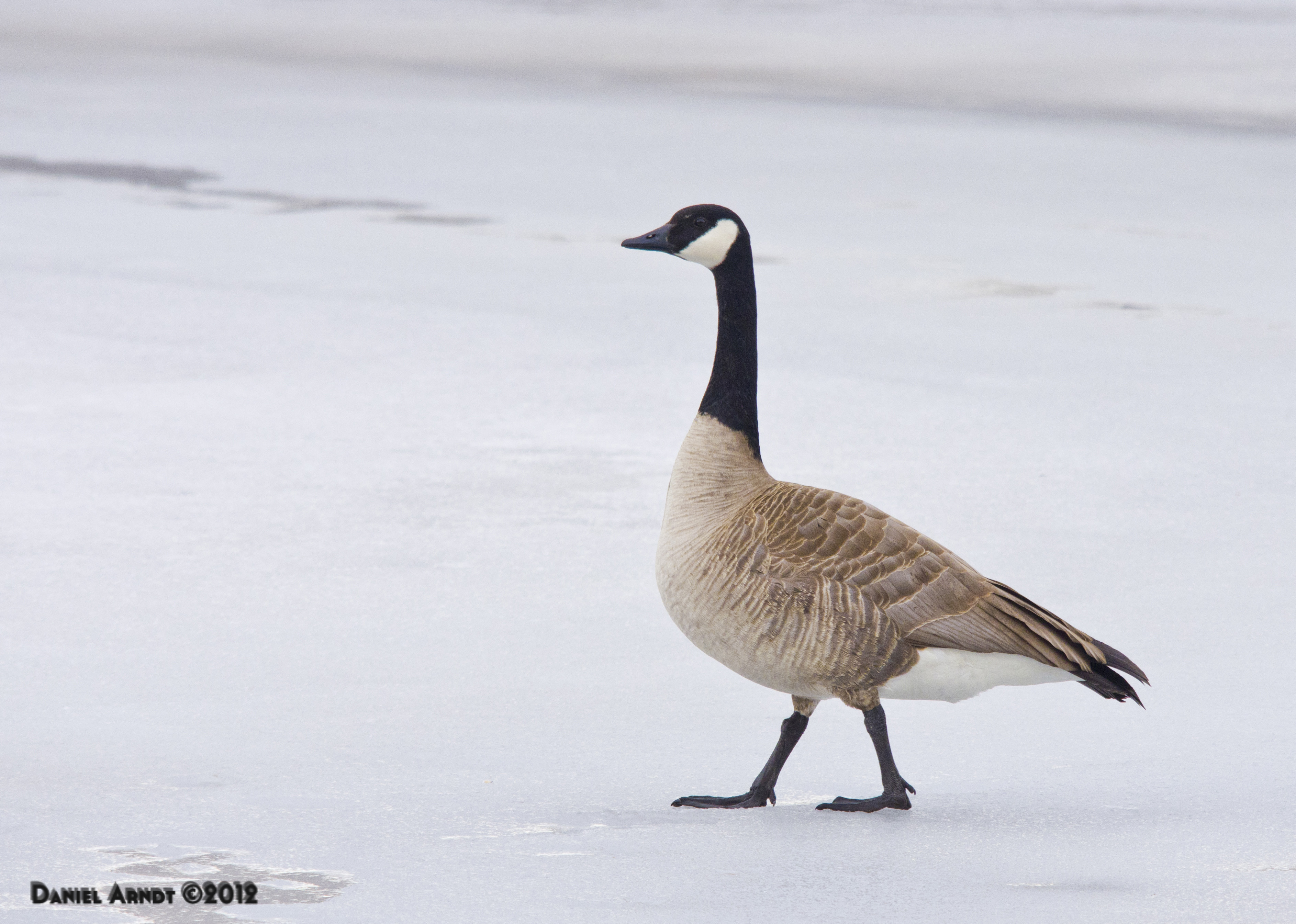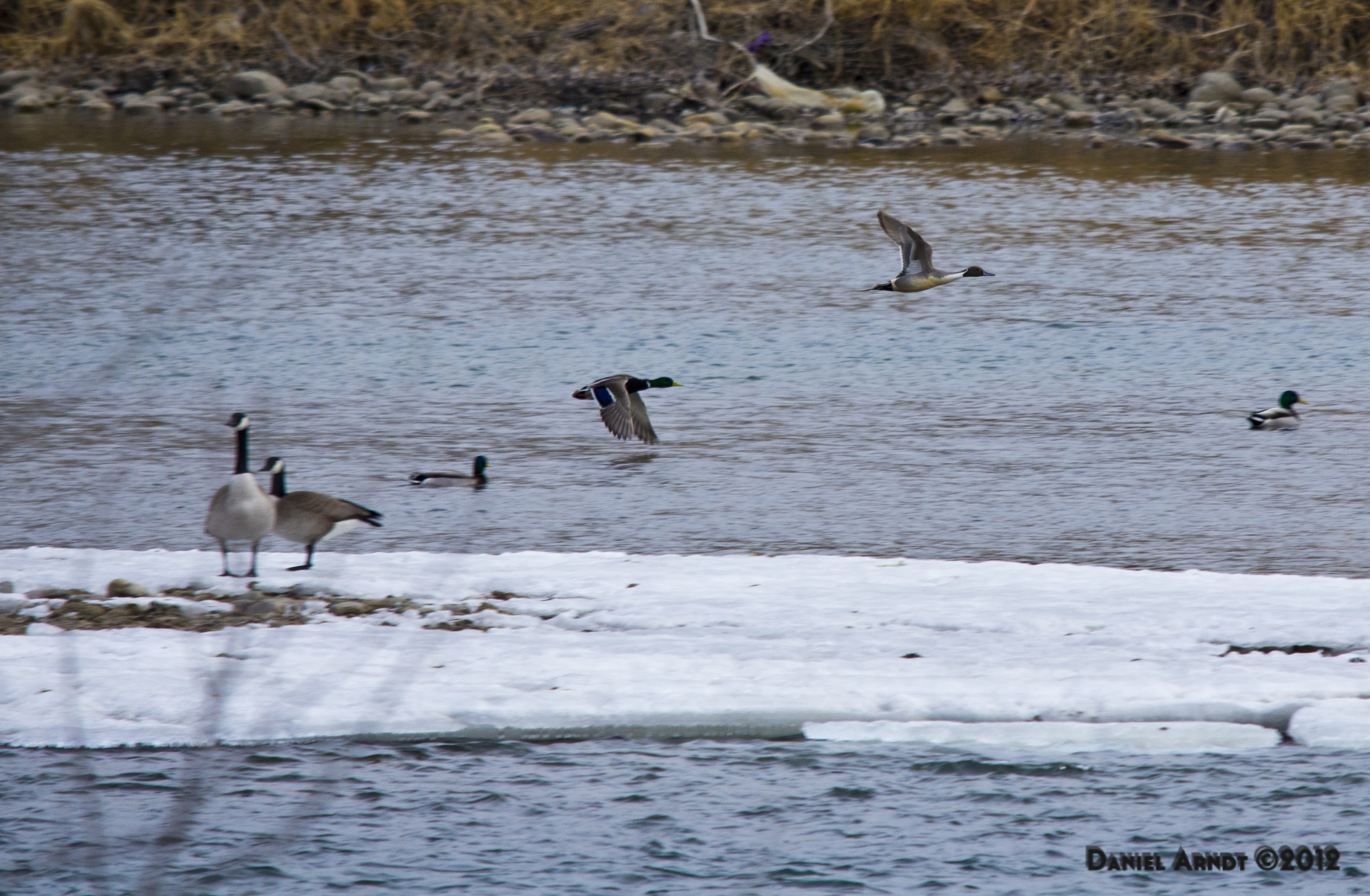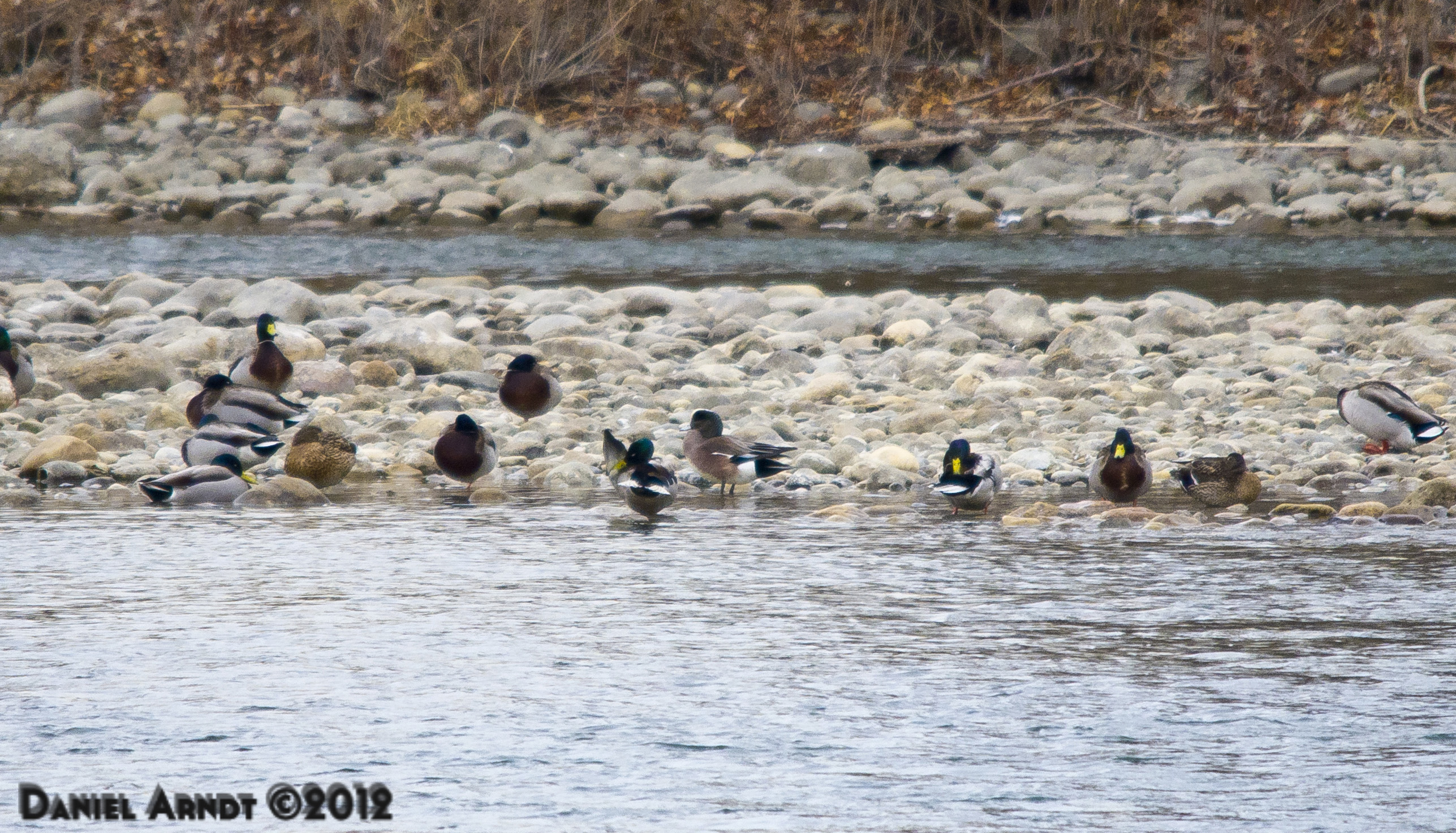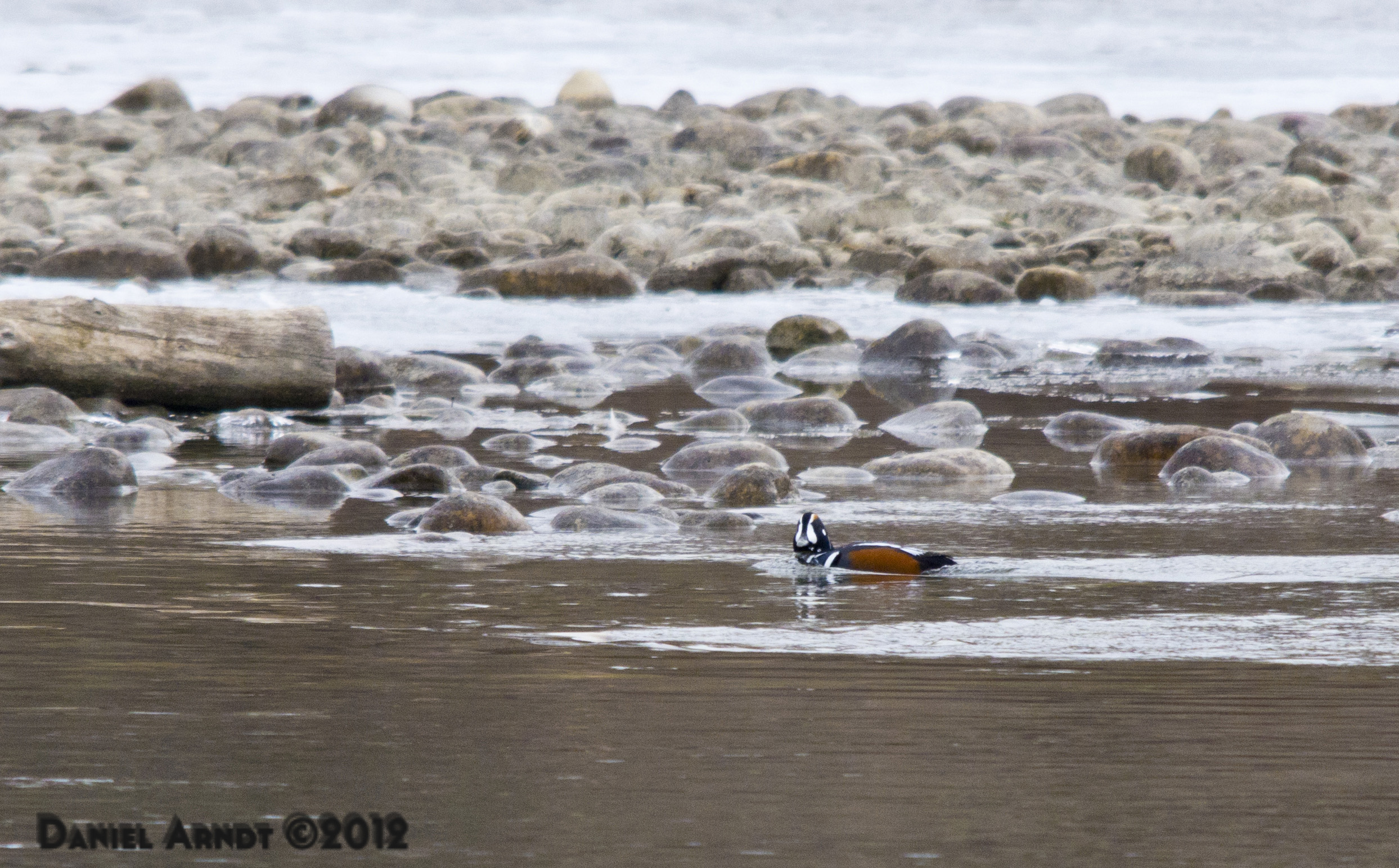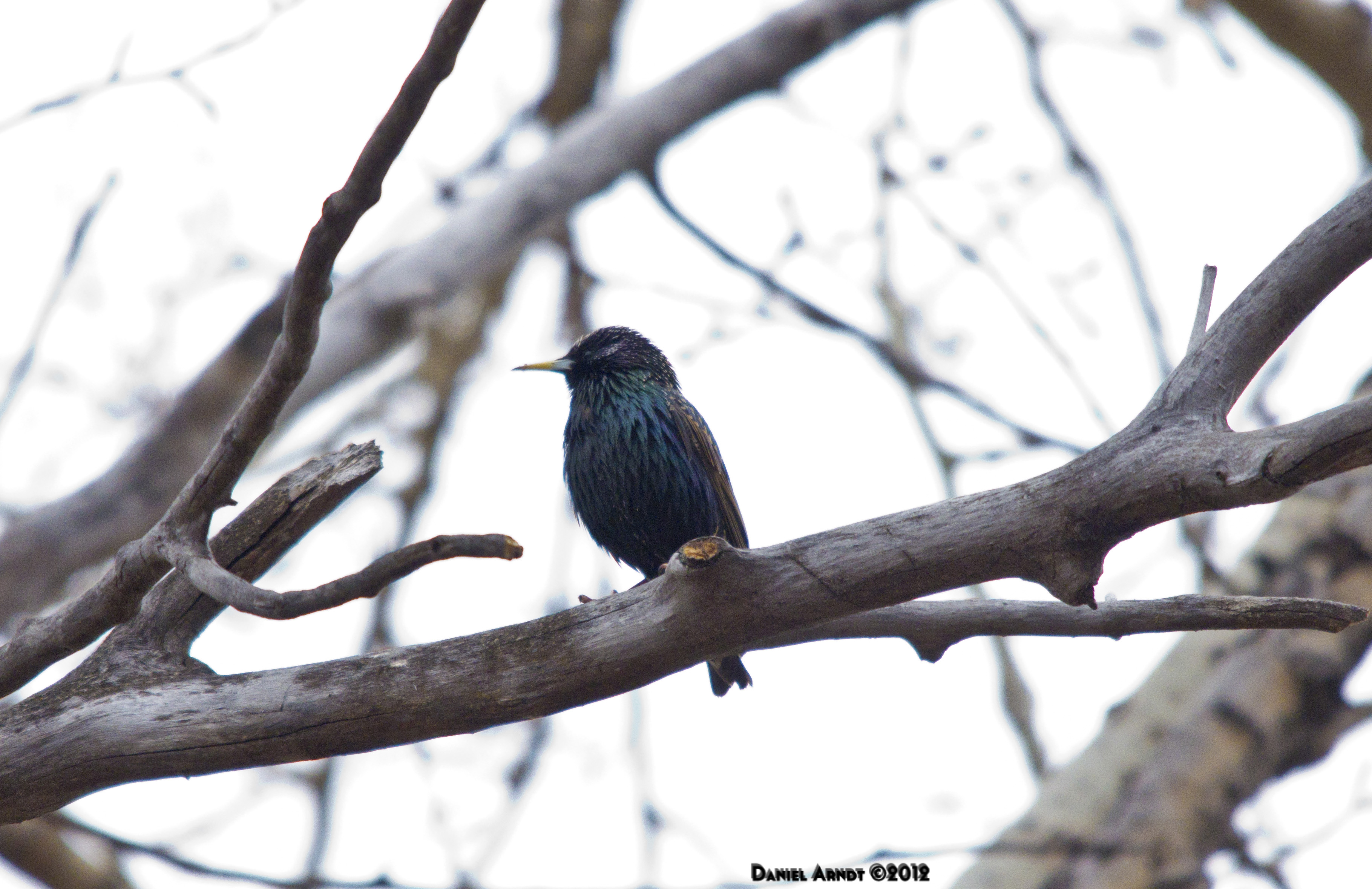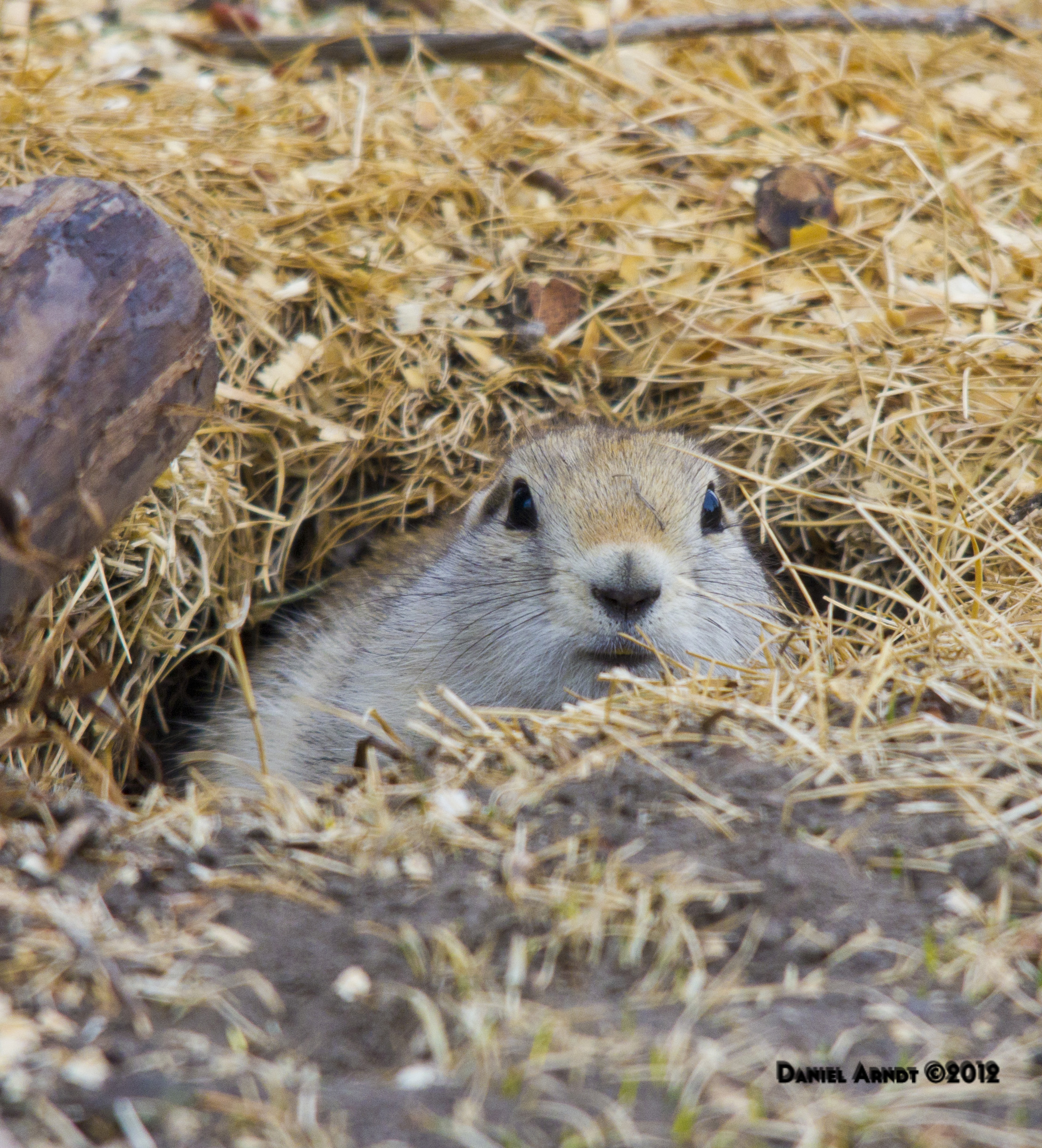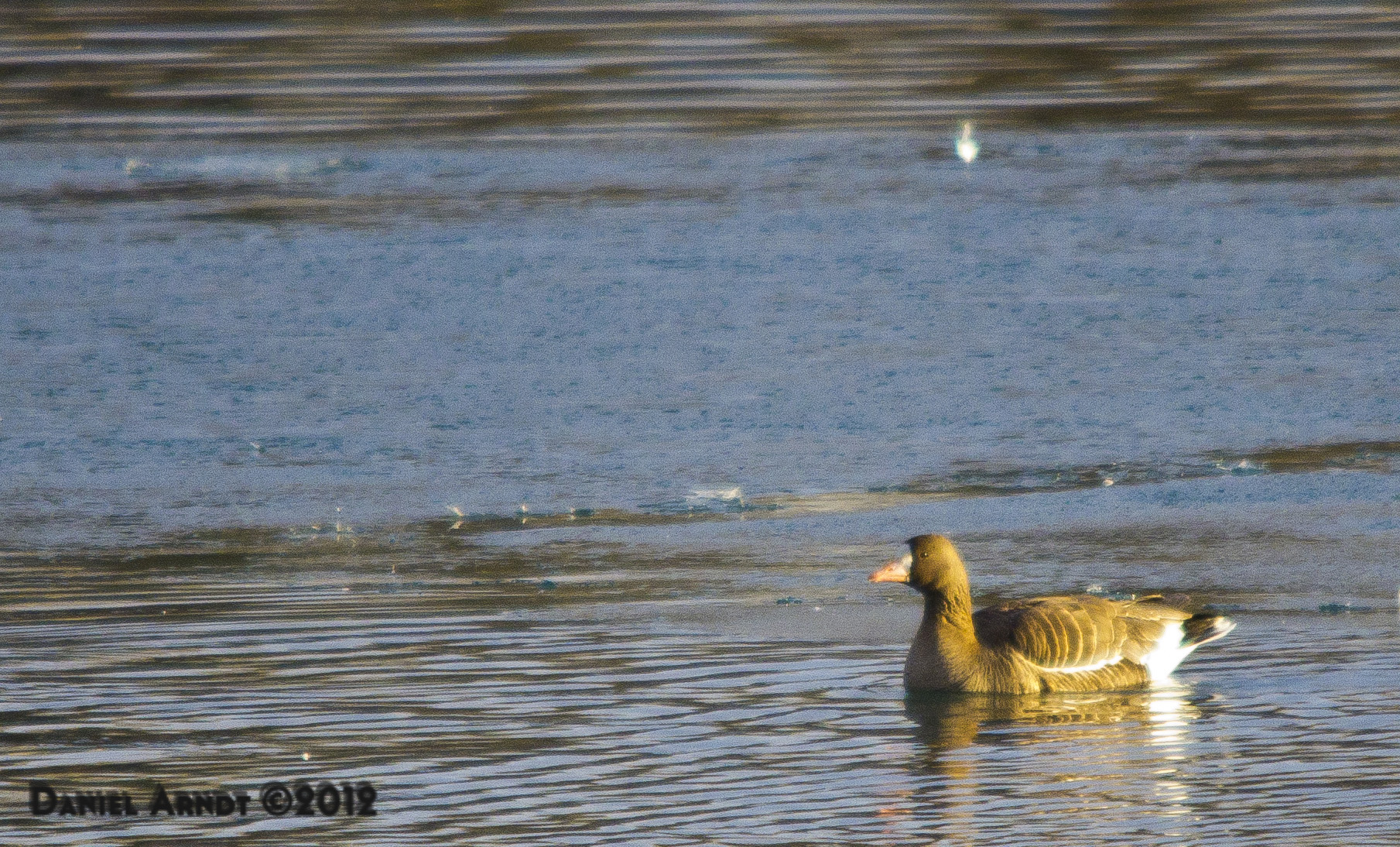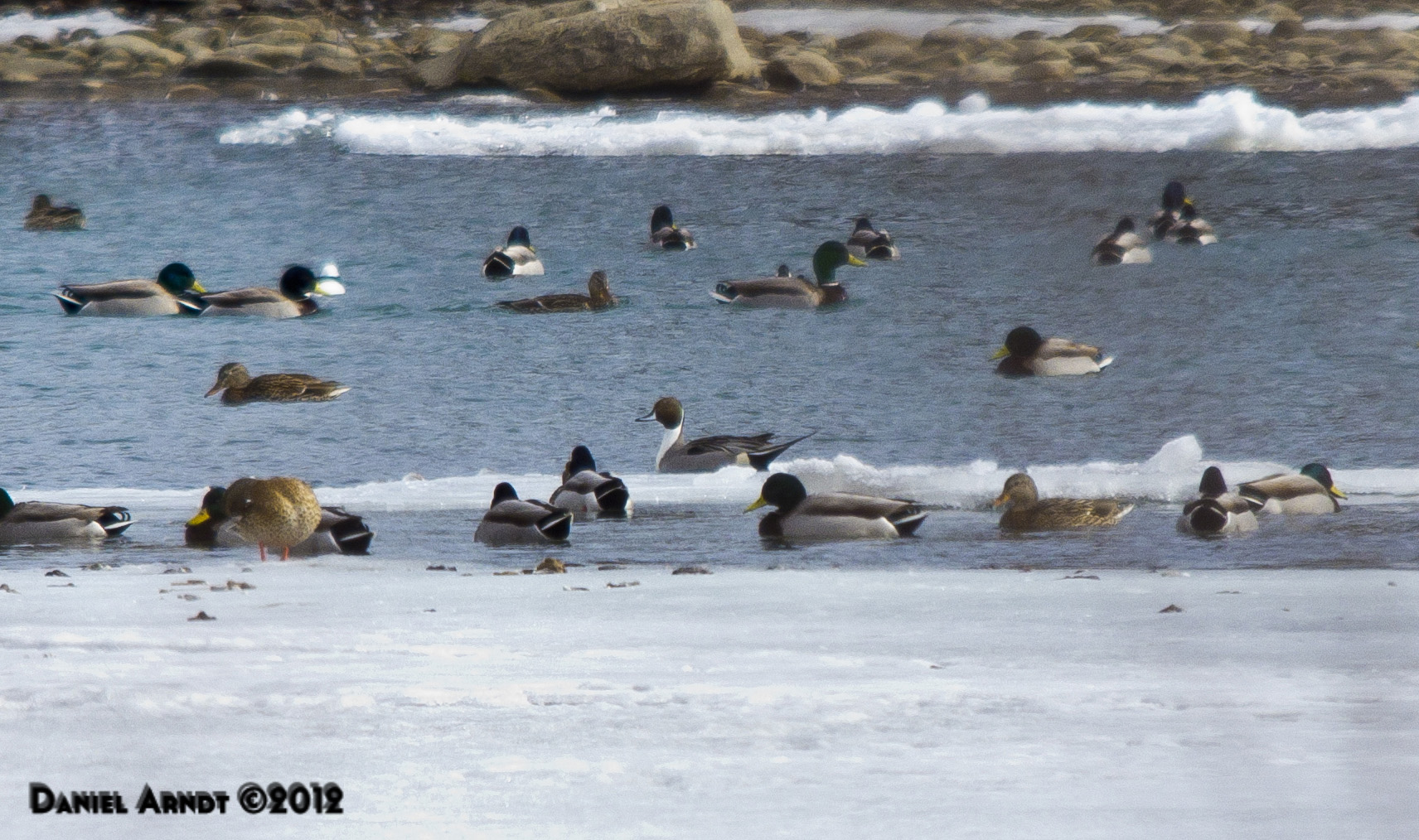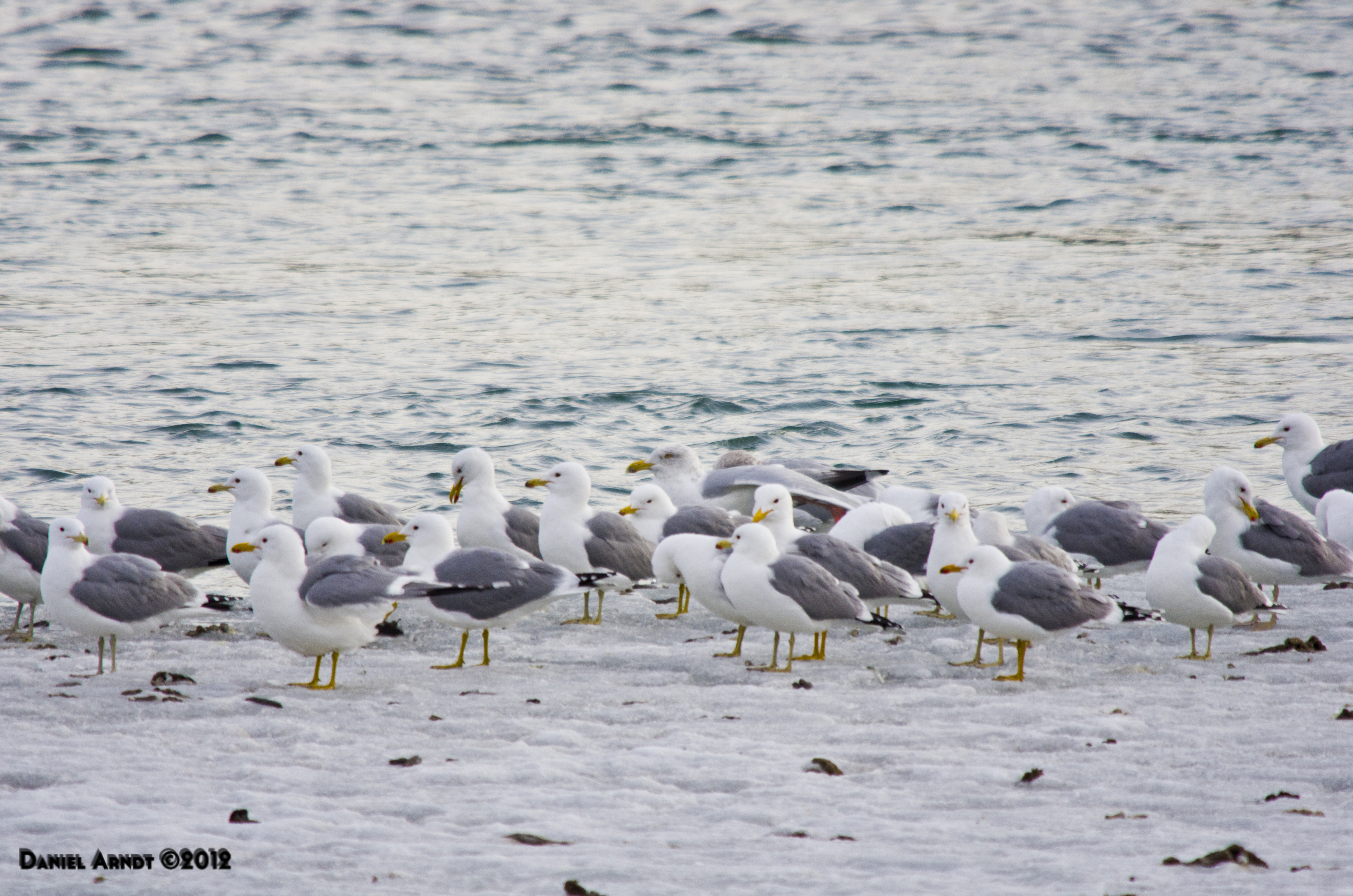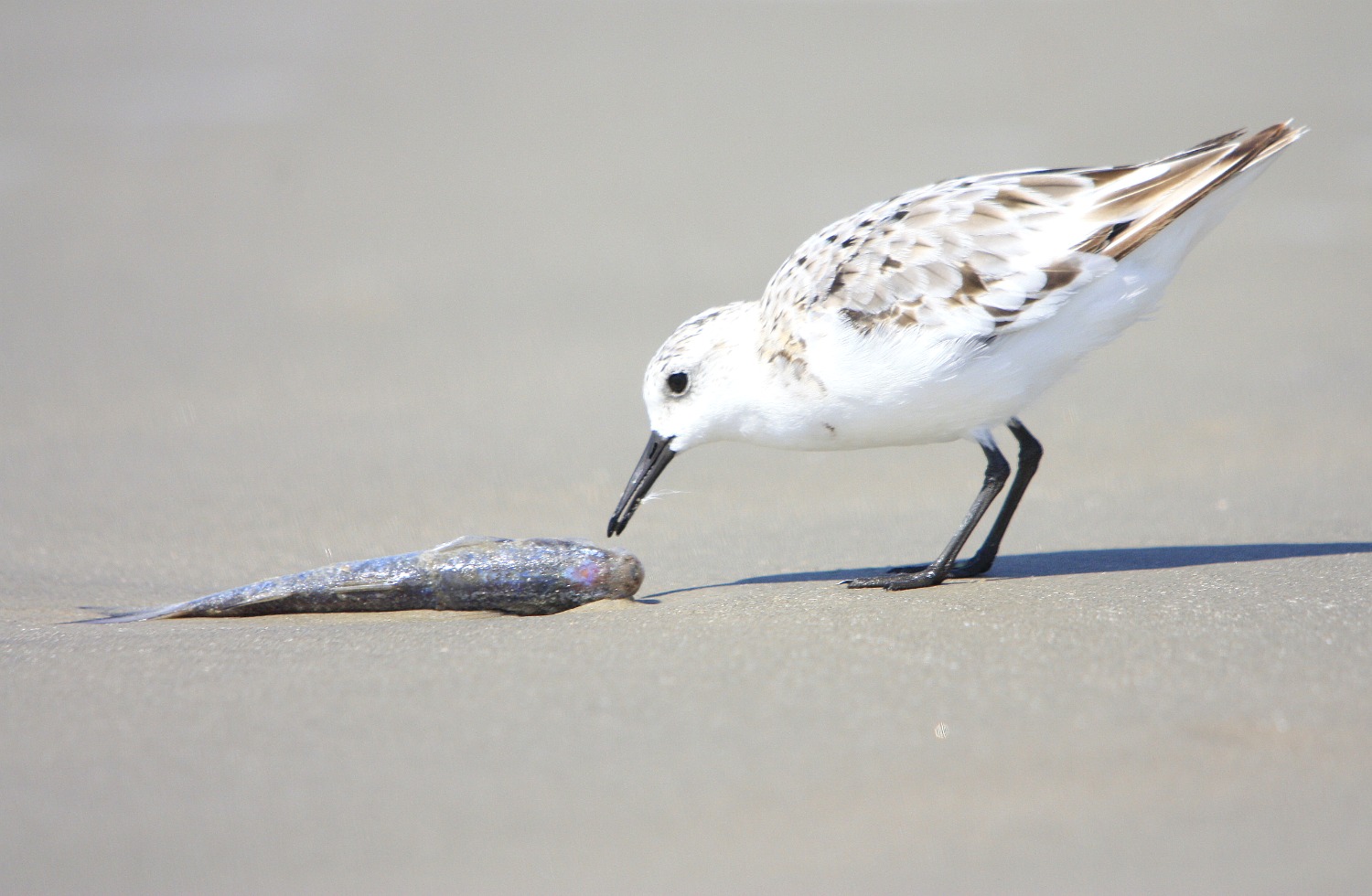Posted by Bob Lefebvre
Many readers of Matthew’s recent post about the Hummingbirds of the Weaselhead would like to know where to find these birds. There are two species that breed there, and they are reliably in the same two areas every year, from mid-May to early September.
To get to this area, park in the lot in North Glenmore at 37 Street and 66 Avenue SW, in the community of Lakeview. This is marked with a red “P” in the satellite map below. The white x’s show where the Calliope Hummingbirds are typically found, and the yellow x’s show the location of the Rufous Hummingbirds.
Calliope Hummingbirds: From the parking lot, go down the hill on the paved trail, and cross the big bridge over the Elbow River. Then turn right immediately and follow the trail over a wooden bridge that spans a side channel (Eastern Phoebes nest here). After the wooden bridge, turn left onto a new boardwalk trail that runs along the west side of that channel. After the boardwalk ends, the trail turns away from the channel, and you soon come to a more open area with a few small trees. Look for these tiny birds at the top of dead branches or spruce trees. Another trail branches off and goes north along the west side of this open area, and we have seen the Calliopes here too. The red x’s on the map below show where to look. Please stay on the trails – there is no need to go off them to find the birds.
Rufous Hummingbirds: From the main parking lot, take the paved trail down the hill. There are several trails you can take to the area where the birds are on the south-facing slope along the river. It can be quite muddy in wet conditions, and you should stay well away from the river when the water is high. One dirt trail begins right where the paved path makes a big turn, before going down the steep hill (the uppermost red T below). This one is difficult when it is wet since there are steep sections. Another runs right along the river bank (the lowermost T). This trail is unusable and dangerous when the water level is high, as it is now. The middle T indicates a trail that begins at a wooden railing just north of the big bridge. This is the best way in wet conditions (the trails all converge when you are about halfway there). Follow the dirt trails through the woods, staying down low near the river, until you get to a stormwater drain into the river. The hillsides here are covered in Caragana bushes (Siberian Peashrub). You usually don’t have to go farther than this to find the birds (though the trails continue on for quite a distance). The location is marked with red x’s below. Again, look at the tops of small dead branches, or the tips of spruce trees.
To return, you can backtrack, or climb the steep hill to the boundary fence above, and follow it back. (In dry weather you can go in this way, along the top, but it is a steep hill down to where the birds are, and very slippery.)
Good luck, and be careful!




















